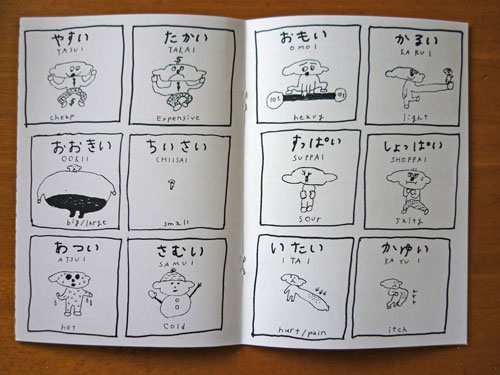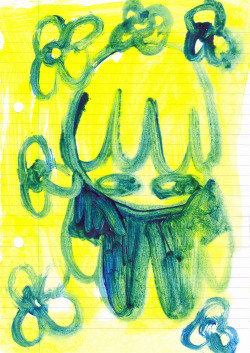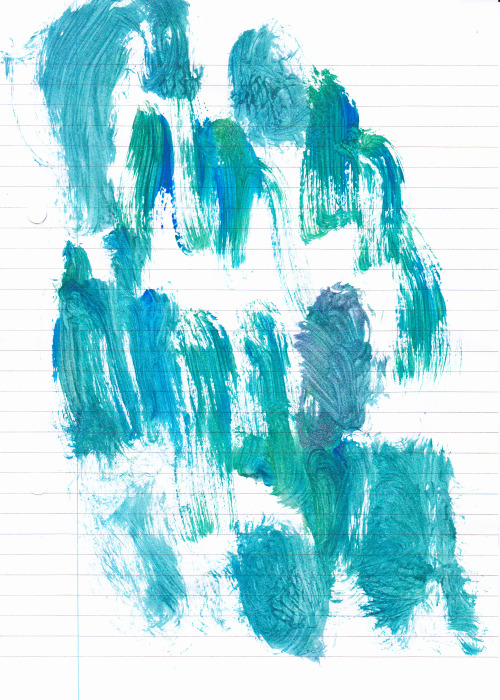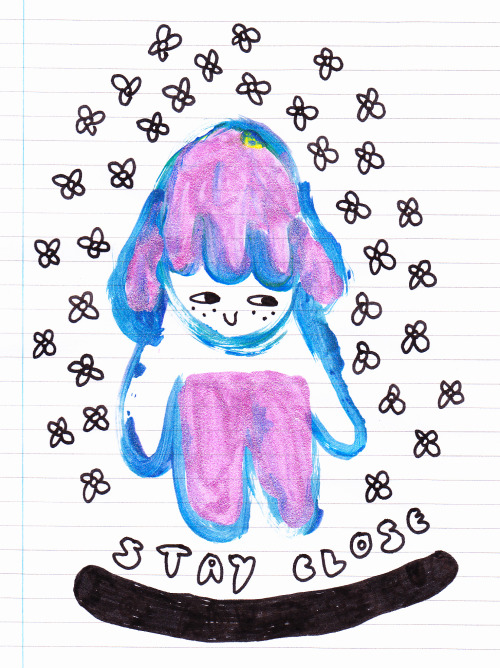INITIAL PLANNING & PROBLEMS
Initially, when faced with PPD, I was confused about where to look and what to look for concerning placements, so I made plans for my own exhibition (fig 1). The idea was to assemble very childlike, pink objects and paintings in a room which appeared like a child’s own fantastical world. I wanted to use a pub function room, but I had trouble finding a suitable place, and it soon appeared that I had been too ambitious. When the opportunity to work internally at Wimbledon’s own series of installations and performances, Acts-Reacts, I was relieved and eagerly signed up. Unfortunately I had a few organisational issues - I discovered too late that my emails weren’t sending and as a result I missed early introductions to what Acts-Reacts was and what volunteers would be doing. I did eventually go along to start assisting with show setup, but quickly found myself overwhelmed and anxious, lost amongst the group of volunteers that seemed well aware of what they were doing already. My discomfort rapidly reached a crescendo and I elected to leave the project and put PPD to the back of my mind for a while in order to look after myself.
fig 1 - sketchy early exhibition plans
When PPD was brought up again after the Easter break I talked to Barby and Rosie, who suggested I might work with the library to create an exhibition there. This seemed like a good idea as it would allow me to use easily accessible space within the college and it would afford me a high level of control, which in turn would allow me to be comfortable and confident about the project, avoiding triggering feelings of anxiety and worry.
CONSTRUCTION & EXPERIMENTATION
Similarly to my earlier exhibition ideas, I wanted to make works which gave an idea of a childlike alternate universe, almost, but this time a more direct and simplistic interpretation of my own childhood and life. I wanted to experiment with forms and to create a more 3D method of presentation since I have created very flat works before and have struggled with how to display that work in a way that creates a visual and spatial context for it, so I spent time attempting foam sculptures (fig 2) and considering how I might bring more spatial depth to my work so that it might be more arresting for viewers, and more indicative of the world inside my head which my artwork comes from.
fig 2 - making foam sculptures
My sculptures ultimately did not convey any of my themes or ideas sufficiently and looked out of place and senseless, but it was useful to make them as it made me more aware of physical space and how works might occupy space. It was also useful to, in the process of making foam sculptures, test out some of the bright colours I intended to use for the project.
I had made a few miniature paintings at the same time as my construction of the foam sculptures, and following the construction of the sculptures, I decided on making rough oval frames out of cardboard to house the small paintings, making my work immediately reminiscent of childhood artwork and craft activities, and bridging the gap between flat work and something more sculptural and 3D. I was pleased to have figured out an effective method of presentation which appeared (and was!) deliberate.
INCORPORATING THE LIBRARY ARCHIVE
.
I knew that I wanted to incorporate something from Wimbledon’s archive, as this would benefit my work by providing artistic and historical links and context, and would take my exhibition from merely being situated in the library, to being directly relevant to the library as well as the college itself and its archives. This would also be a way to show my proficiency in investigating and organising materials and information and working with staff in the library to curate a coherent exhibition involving the work of others as well as providing a more educational element to my exhibition which would add depth to it.
I spoke to Allison about the focuses of my exhibition and she kindly introduced me to the archive, where I was able to read some fascinating Wimbledon history and some funny newspaper cuttings (fig 3).
fig 3 - naughty students
Allison suggested the “Where are we going?” concertina book (figs 4 & 5), which immediately caught my eye as it used similar bright colours to my work, was actual work by children, and was made in 1999 - all these things making it very relevant to my pieces. After sifting through the archive for a while I came back to the book and decided I had to display it alongside my work - it was perfect!
fig 4 - “Where are we going?”
fig 5 - “Where are we going?”
MAKING THE EXHIBITION
Across the week before the exhibition was to be installed (8th May), I made the little paintings (figs 6 & 7), their frames, and the descriptive text to sit alongside the paintings and the concertina book (fig 8). I wanted the text to make the link between my work and the book from the archive, but I also wanted it to sound quite flippant and dreamy - to itself have a childish voice, and a childish appearance.
fig 6
fig 7
fig 8
WHAT I HAVE LEARNED
Organising this exhibition has shown me that finding links to other work can provide an incredibly useful context and frame of reference for my work, making it easier for viewers to understand and appreciate aspects of it that I have previously struggled to convey. I have also discovered how easy and rewarding it can be to discuss my ideas and themes with other people and to elicit their help and knowledge. I have learnt how to be in more direct control of my own guidance, experimentation, and production, and how to better enact an artistic/curatorial process in a comfortable and engaging way. I look forward to presenting more coherent and accessible work in the future, as this exhibition has had a great impact on my understanding of the context and frameworks surrounding my work.














